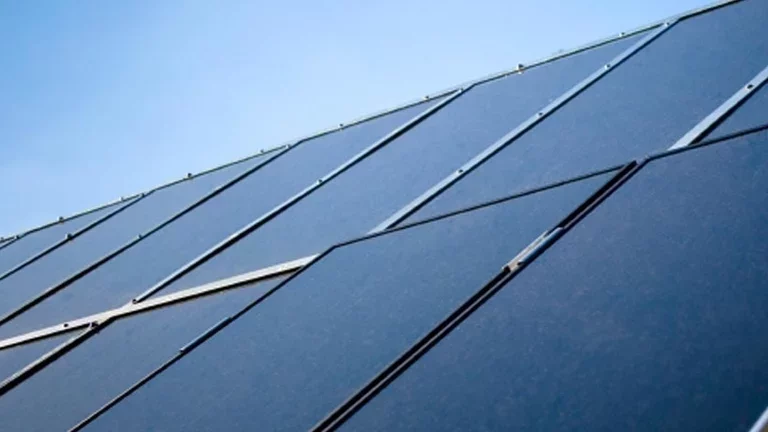New contracts in high growth photovoltaic markets
- Press Releases
- Industry
- Hydrogen

Worldwide demand for electricity is increasing, and is expected to reach 26,000TWh in 2020. In China, for example, demand for electricity is expected to triple over the next 20 years. As part of the effort to increase global electricity generation, solar photovoltaic technologies continue to emerge as an important solution for tomorrow’s energy needs.
Until 2010, 80% of photovoltaic demand came from Europe. Today, demand is shifting to new regions like the United States, where renewable portfolio standards* (RPS) have been established in several states as well as some federal procurement contracts, China and Japan, where nationwide feed-in-tariffs are now in place, and will soon emerge in India and the MENA.
The rapid reduction in manufacturing costs is now enabling solar installations to take off in these new, high growth markets. Securing access to photovoltaic demand in these regions is therefore key for solar industry players.
In this context, Air Liquide is strengthening its leadership in the solar photovoltaic industry by signing multiple long-term contracts with manufacturers located in high potential photovoltaic regions:
- In the US, Stion has chosen the Group to supply electronic gases and related equipment for its new manufacturing facility in Mississippi. Stion is a manufacturer of high efficiency thin-film solar panels. In 2010, it formed a strategic partnership with TSMC, the world’s leading semiconductor foundry, diversifying into solar. The US is on track to install over 30GWp in photovoltaic power by 2020.
- In China, where the Group already supplies multiple leading solar companies, Air Liquide will supply a high volume of specialty gases and precursors, as well as associated Equipment & Installation, to the largest Silicon thin film manufacturer in South China. China has set a new target of over 50GWp of installed photovoltaic power by 2020.
- In India, Air Liquide has been selected to supply high-volume carrier gases to the new Poly-Silicon and wafers manufacturing plant of a key business conglomerate. India has set a target of 20GWp of installed photovoltaic power by 2020.
- In Vietnam, Air Liquide has been selected to supply the new fabs of one of the world’s leading solar cell manufacturing companies in Ho Chi Minh City.
- In Morocco, Air Liquide signed a partnership agreement with MedZ to support the development of local manufacturing initiatives based on Silicon thin film technologies, as part of the national solar program’s ambition of reaching multi-GW of installed solar power in the coming years.
As Francisco Martins, Vice-President World Business Line Electronics of the Air Liquide Group, stated: “These new contracts demonstrate the strength of Air Liquide’s solar offering in strategic and high-growth regions for this industry. The photovoltaic activity is at the crossroads of Energy and the Environment and requires High Tech solutions, three growth drivers for the Air Liquide Group”.
* Renewable Portfolio Standards* (RPS): Policy that requires electricity providers to obtain a minimum percentage of their power from renewable energy resources.
Air Liquide Electronics
With over 3,000 employees and €1,177 million revenue in 2010, Air Liquide Electronics has activities in ultra-pure and specialty gases, new molecules, related equipment and customized services.
The Electronics division management is based in Tokyo to enhance its proximity to the semiconductor, TFT-LCD and PV markets in Asia.
The use of gases in the photovoltaic industry
Gases are used at all stages of solar cells manufacturing process:
- to produce PolySilicon: high-volume of nitrogen (N2) and hydrogen (H2)
- to produce Si wafers: large quantities of nitrogen, argon (Ar) and helium(He)
- to produce crystalline-Si cells: carrier gas (N2) & specialty gases (SiH4, NH3), doping gases/chemicals (POCl3), and coating precursor materials
- to produce Si Thin Film cells: carrier gases (N2, H2), specialty gases (SiH4, NF3/F2, dopant mixtures) and coating precursor materials.
- To produce CIGS Film cells: carrier gas (N2), specialty gases (H2Se, H2S, dopant mixtures), and coating precursor materials.
Director of External Communications
+33 (0)1 40 62 58 49
media@airliquide.com